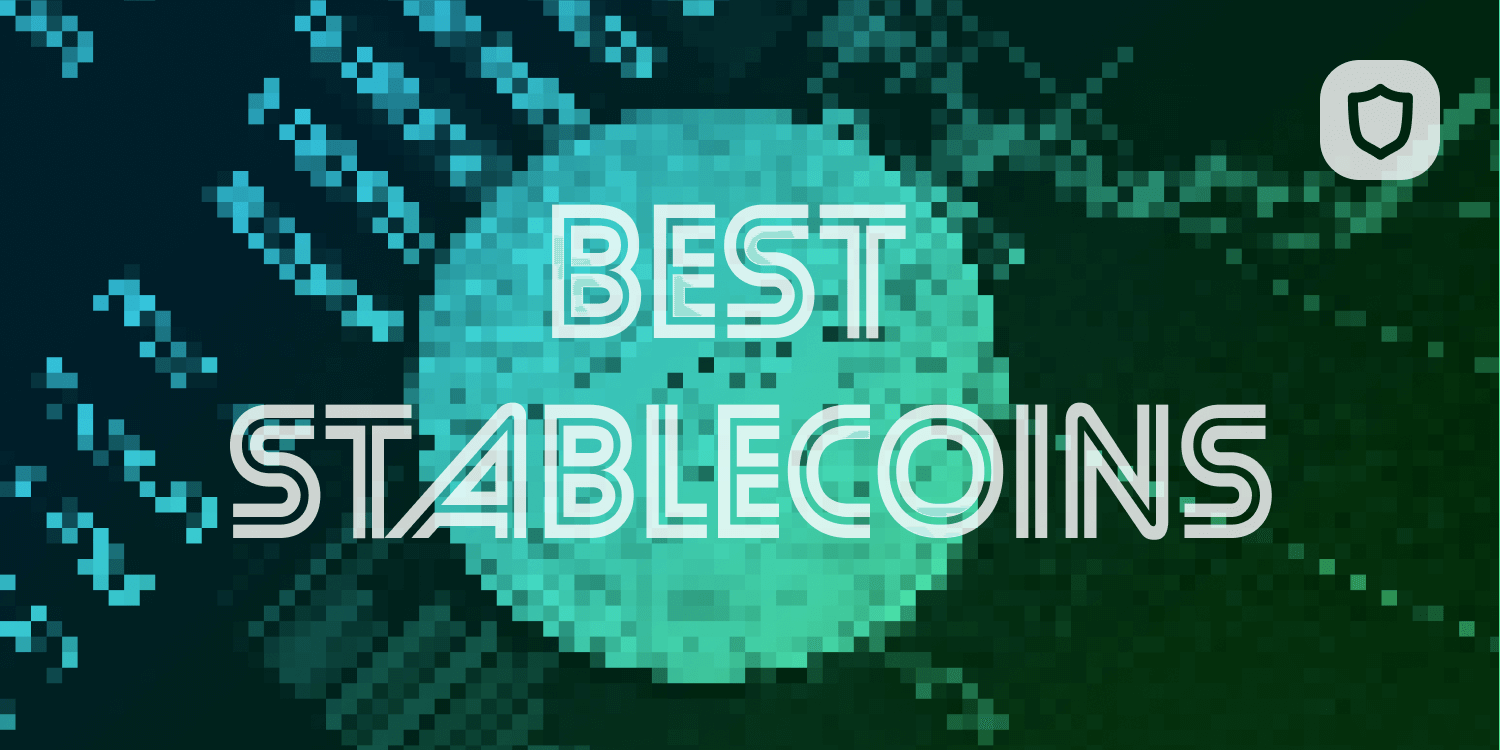DAI The Systematically Sustainable Stablecoin Issued by MakerDAO
MakerDAO’s model for DAI differs from other leading stablecoins. First, DAI features an unprecedented degree of decentralization. While stablecoins like tether (USDT) offer a cryptocurrency backed by a reserve of fiat assets managed by a central organization, no one entity controls the issuance of DAI.


The stablecoin DAI is a crucial building block in the burgeoning DeFi ecosystem of permissionless trading, borrowing, and lending.
DAI is an algorithmic stablecoin issued by MakerDAO, an Ethereum-based protocol that seeks to maintain an exact one-to-one ratio with the U.S. dollar. It is primarily used to lend and borrow crypto assets without an intermediary — creating a permissionless system with transparency and minimal restrictions.
The Birth of DAI: Creation and Issuance
MakerDAO was first introduced in 2015 by CEO and founder Rune Christensen, and the Maker Protocol — the architecture underlying the DAI stablecoin — was launched in December 2017.
MakerDAO's model for DAI differs from other leading stablecoins. First, DAI features an unprecedented degree of decentralization. While stablecoins like tether (USDT) offer a cryptocurrency backed by a reserve of fiat assets managed by a central organization, no one entity controls the issuance of DAI. Instead, users looking to hold DAI submit Ethereum-based assets into a smart contract that uses them as collateral in maintaining DAI's peg to the U.S. dollar.
Second, unlike most stablecoins, which are collateralized against a single fiat currency or cryptocurrency, DAI can use different cryptocurrencies as collateral: ether (ETH), basic attention token (BAT), USD Coin (USDC), wrapped bitcoin (wBTC), compound (COMP), and many more. At its inception, the Maker Protocol supported only ether as collateral.
However, in November 2019, the technology was updated to include BAT and USDC, creating today's multi-collateral DAI system. The increased number of collateralizable currencies diminishes user risk and increases DAI's price stability. New collateral options continue to be added through voting by the MakerDAO community.
Third, DAI token holders earn interest on their DAI. Those who hold MKR, MakerDao's native governance token, set the DAI Savings Rate (DSR) and act as guarantors for DAI — meaning, their MKR tokens can be liquidated if the system were to crash. This structure incentivizes guarantors to ensure the proper functioning of the DAI system and its collateralized tokens.
How DAI Tokens Work
DAI is an ERC-20 token that can be purchased from centralized and decentralized exchanges (DEXs). DAI is one of the most integrated digital assets in the blockchain ecosystem. Once borrowed, it can be used in decentralized finance (DeFi) applications or blockchain-based games, among other things.
The value of the collateral deposit must always exceed the value of the DAI issued. If the value of the collateral falls below the value of the issued DAI tokens, the collateral will be liquidated.
Advantage of Stability for DAI Holders and Security Features
DAI is soft-pegged (or correlated) to the value of the U.S. dollar. The increased price stability afforded by DAI stablecoins has motivated investors to view DAI as a stable store of long-term value and a viable option for day-to-day transactional purposes, which has dramatically expanded the utility of blockchain technology and cryptocurrency systems as a whole.
DAI Stablecoin Advantages and Use-Cases
No Account Minimum:
Many individuals worldwide lack the minimum quantity of assets needed to be eligible to open a bank account, but there is no minimum balance amount required to use DAI.
Stable Value:
DAI can provide an alternative stable currency and means of financial inclusion for citizens living in locations with severe economic instability.
Decentralized Freedom:
Because DAI is a transparent and permissionless system, it helps to ensure that users have greater unrestricted access to their wealth. By contrast, some governments, such as those of Zimbabwe and Myanmar, have been known to impose limitations on the ability of citizens to access their fiat by instituting daily or monthly withdrawal caps on their bank accounts. In 2019, Zimbabwe set weekly withdrawal limits as low as 20 Zimbabwe Dollars (ZWD). Similarly, in 2021 the Myanmar government imposed daily withdrawal limits of 500,000 kyats (around USD 350).
Income Generation:
Through the DAI Savings Rate system, users leverage DAI tokens to earn income through lockup and interest generation. Since DAI is built on the Ethereum blockchain and thus leverages the network's consensus mechanism, it doesn't have its staking mechanism per se. However, the MakerDAO system enables owners of DAI tokens to earn returns by depositing DAI into a MakerDAO smart contract. This specialized smart contract system secures the user's investment, which has no minimum and can be withdrawn at any time.
Fast and Cheap:
In many situations, international wire transfer fees can be prohibitively high, and the time it takes to finalize a transfer can be disruptively long. With DAI's nominal transfer fees and fast processing times, global transactions from one user's wallet become much more transparent and efficient.
Always On:
Traditional financial institutions only operate during "business" hours. Therefore, transactions through such institutions can remain pending for days and only finalize once banking institutions are open and transfers have been processed. However, through DAI and the Ethereum blockchain, transactions can be completed at any time and on any day of the year in a matter of minutes.
Highly secure:
The MakerDAO system has conducted extensive audits and research to ensure the platform's robust safety. Through mathematical analysis, developers formally verify all smart contracts and underlying protocol mechanisms that constitute the system's internal structure.
For more current crypto news and updates, head to https://ampraider.com/.

